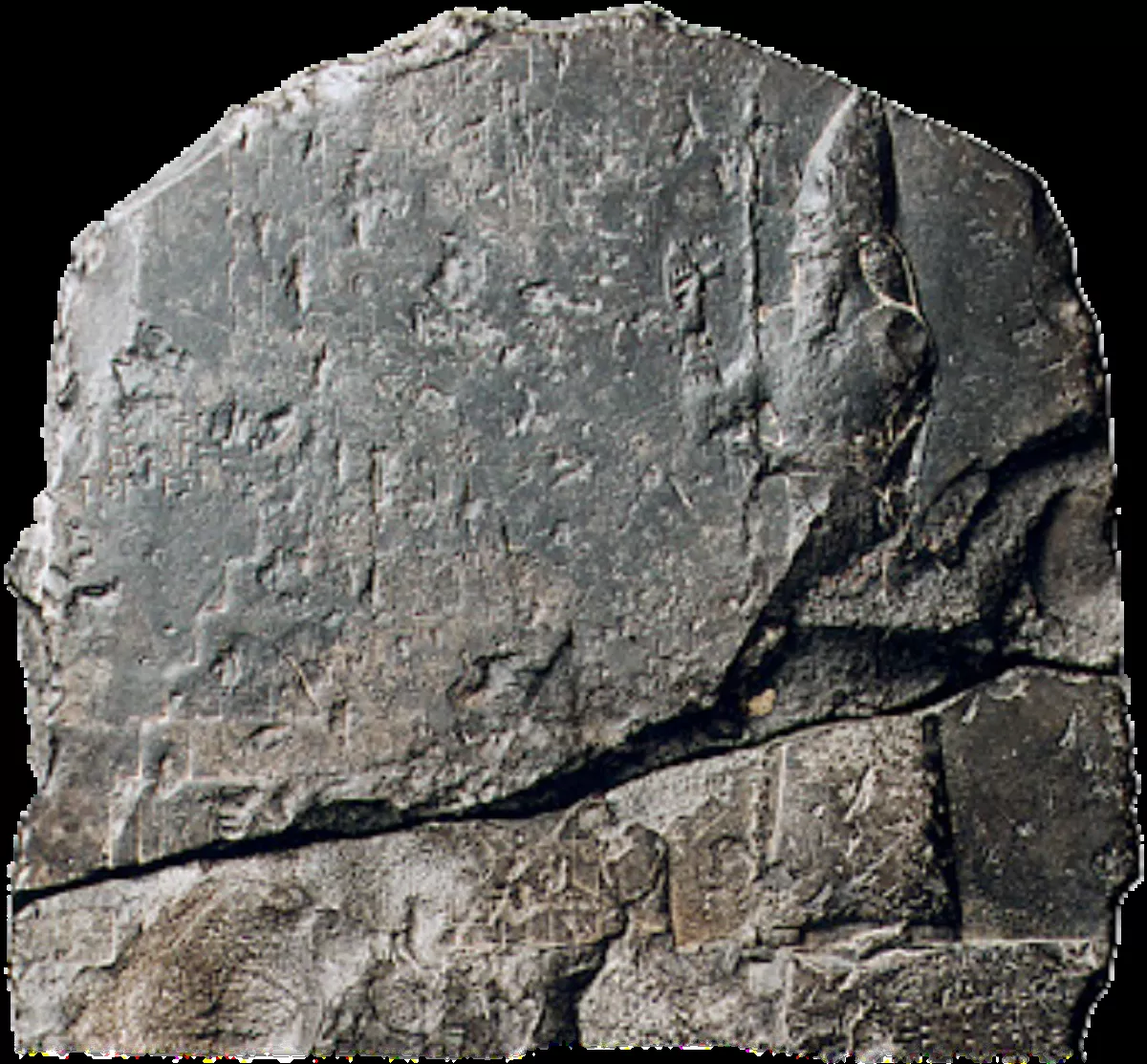 1.
1. At the Battle of Carchemish in 605 BC, Nebuchadnezzar II inflicted a crushing defeat on an Egyptian army led by Pharaoh Necho II, and ensured that the Neo-Babylonian Empire would succeed the Neo-Assyrian Empire as the dominant power in the ancient Near East.